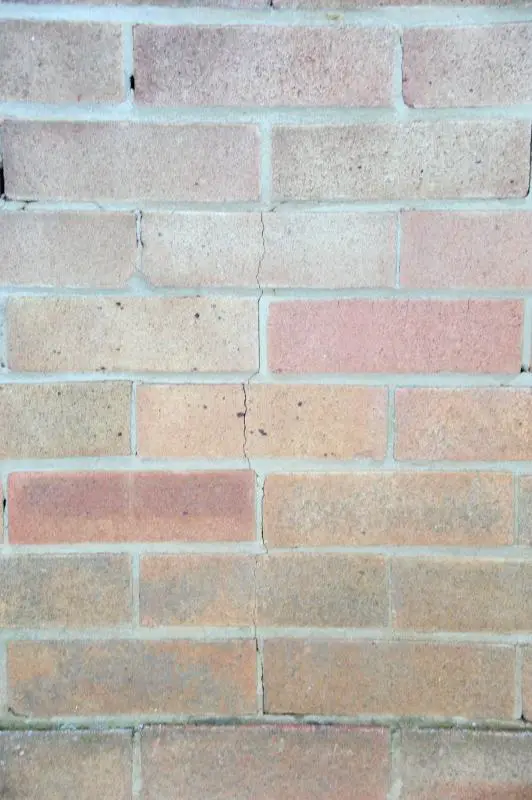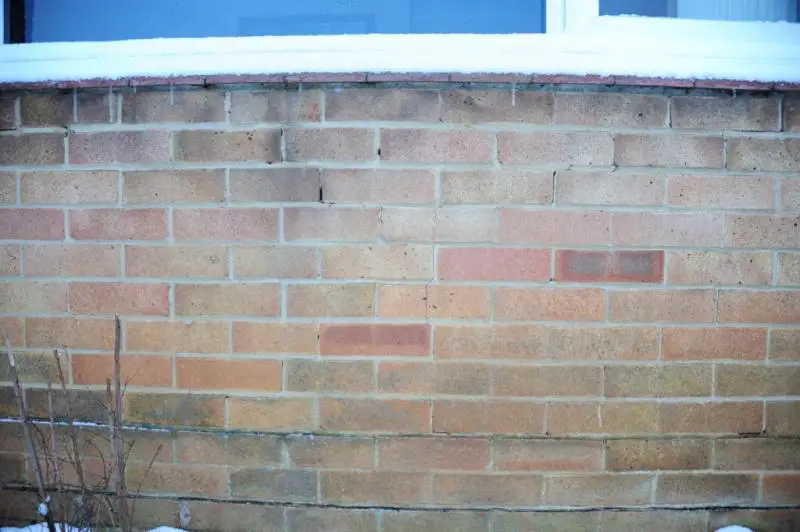i have the attached small crack on the external front wall of our house (1950s build). it is underneath the middle of the front window. it doesn't go into the foundations (or below the damp course) but has widened slightly over the last few months. it is at it's widest in the middle. there is a matching almost invisible hairline crack on the inner wall at the same place.
walking up and down the road, it seems that a number of the houses (about 10 that I can see from the road) have the exact same cracks in the same place, some smaller and some bigger. Some houses have no cracks but have obviously added an airbrick in the same area that our crack is. our attached neighbour has a similar crack in the same place but his is stepped rather than through the bricks. again, not to the foundations.
I'm trying to work out what the best thing to do about it is, could this be down to a cavity tie rusting? Should I just fill it in and cover up? Is adding an airbrick sensible - which is what some other houses seem to have done?
Thanks for any advice.
walking up and down the road, it seems that a number of the houses (about 10 that I can see from the road) have the exact same cracks in the same place, some smaller and some bigger. Some houses have no cracks but have obviously added an airbrick in the same area that our crack is. our attached neighbour has a similar crack in the same place but his is stepped rather than through the bricks. again, not to the foundations.
I'm trying to work out what the best thing to do about it is, could this be down to a cavity tie rusting? Should I just fill it in and cover up? Is adding an airbrick sensible - which is what some other houses seem to have done?
Thanks for any advice.



